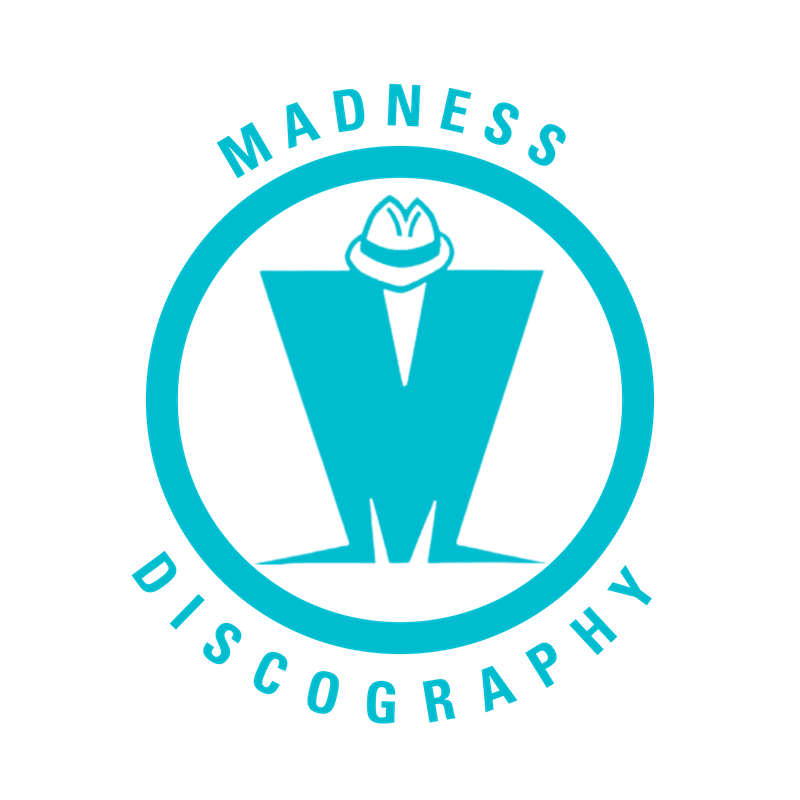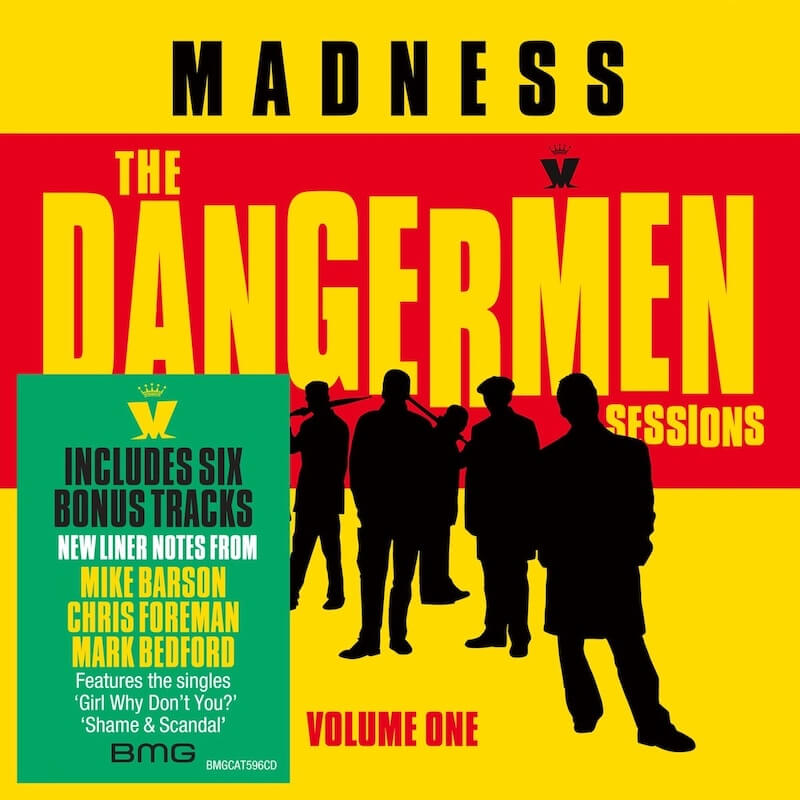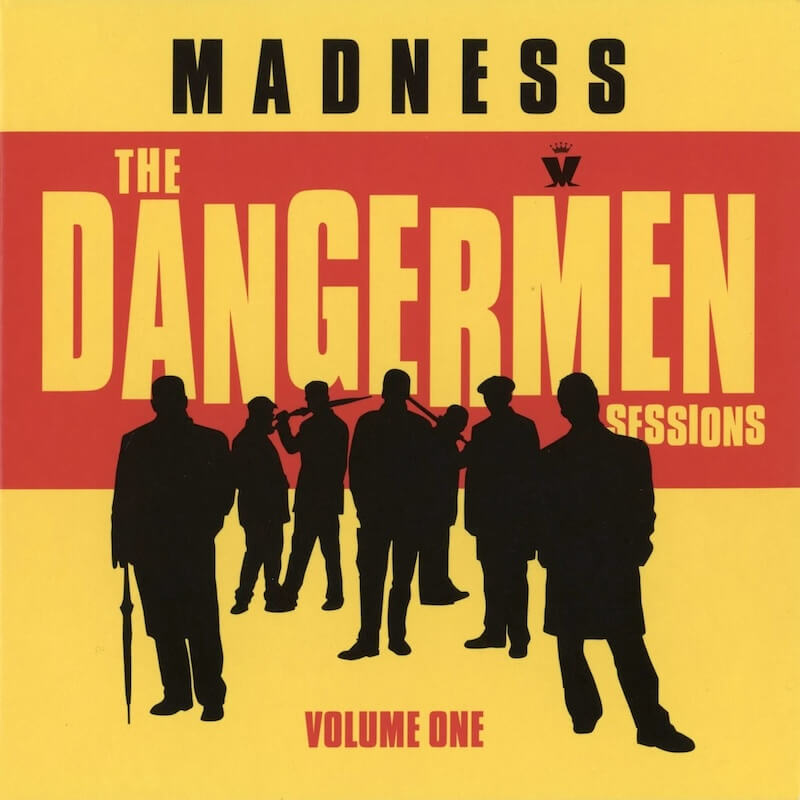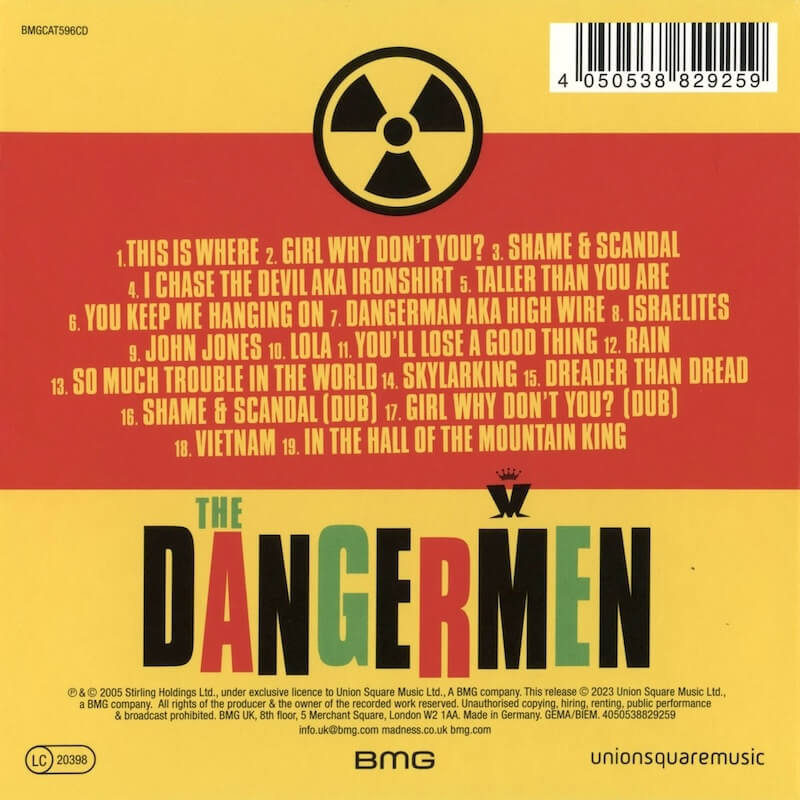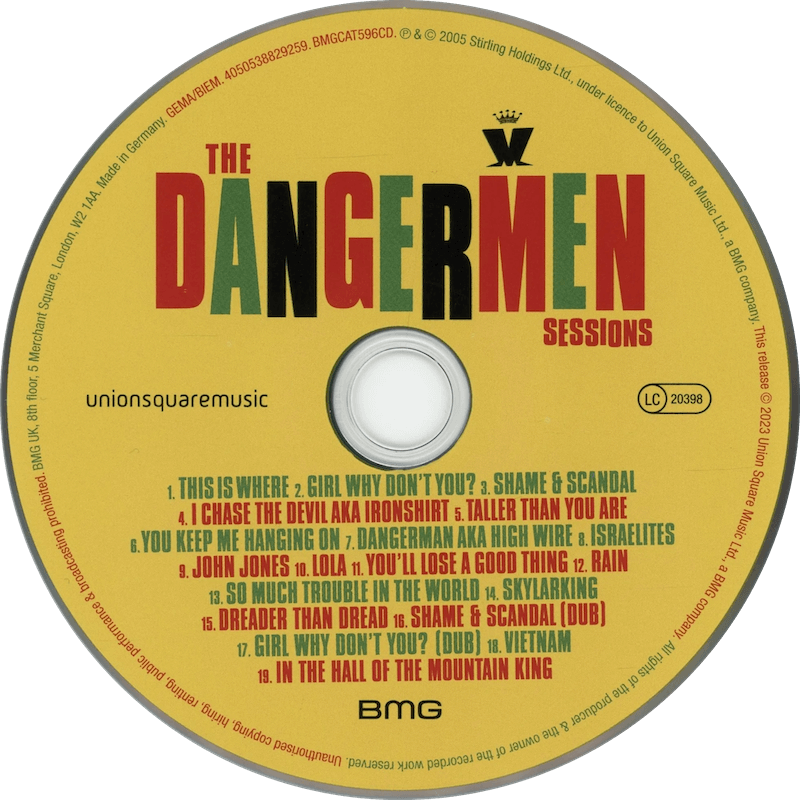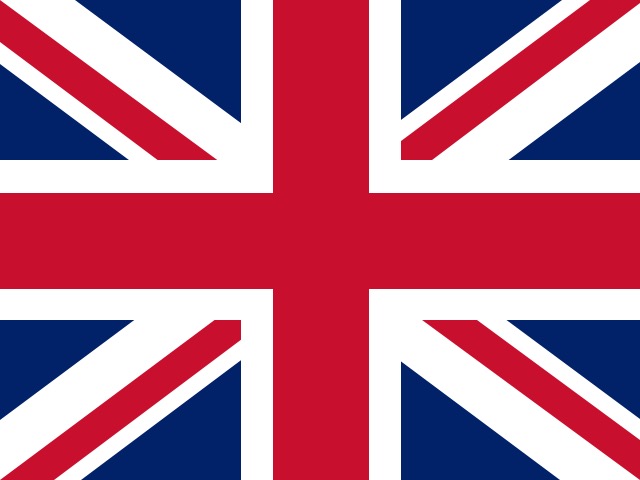
The Dangermen Sessions (Volume One) (Expanded Edition)
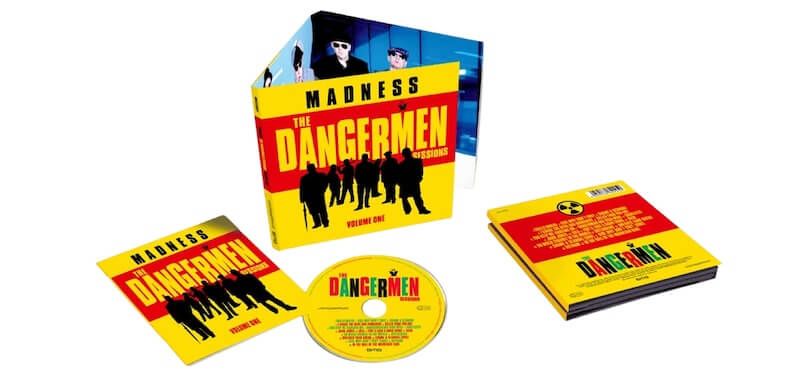
BACKGROUND
MARK BEDFORD CHRIS FOREMAN & MIKE BARSON REMEMBER THE DANGERMEN SESSIONS
Bedders: The Dangermen Sessions was an idea that got out of hand…
Chris: We weren’t really doing much. We had reformed in 1992 for Madstock and toured a lot after that, and we’d released an album of new material together, Wonderful, in 1999. But by 2004 we weren’t so coherent. I’m not saying we’re coherent now, but we did less live stuff then than we do now – we did less everything.
Bedders: We hadn’t been into the studio to record anything new for a relatively long time. I don’t know if we were going through a bit of a creative block, or if we just weren’t getting around to it. I mentioned to Suggs that maybe we should just go into the studio and do some covers, some reggae stuff, just to loosen us up a bit and prime us to actually go and write and record some new things in the studio. So that was the idea, just to go in and do a few tracks, just really to get us working again.
Mike: It was going to be nice to relax and not have to write any songs, to just play some great old tracks. Reggae was what was on the radio when I was young, the music playing all the time, really loud, in the youth clubs when we were growing up. Songs like ‘Black And White’ by the Maytones, or Desmond Dekker’s ‘The Israelites’. Reggae really meant a lot in those days, because life was so drab. We were growing up in grey, rainy Kentish Town, and life was not that colourful. Those early reggae records were just great music, and they sounded exotic. It had such joy to it, and the rhythms were so interesting, so different from the other music that was about. It was kind of simple, but the musicians were great. It’s a bit like Madness, really – we’re not about the complexity of what we play, it’s about the meshing of the sound and what the whole sounds like, rather than individual elements. Eric Clapton is a great guitar player, so his records are all about his guitar-playing. But reggae was more about the whole, all those sounds melding into one thing. You couldn’t distinguish the individual instruments so well, it just really came together. It was great, great, great music to grow up listening to.
Chris: Back in the 80s, Suggs had wanted to do an album of cover versions of old reggae songs. And nobody else really wanted to do it. Then UB40 did their Labour Of Love album shortly after, thereby proving him right or whatever.
Bedders: We started going through all the old Trojan Records and Treasure Isle stuff, all the old things that we’ve been listening to down the years. A lot of it came from our own personal record collections; Lee in particular has a pretty massive reggae selection. The band used to play ‘Lola’ in the very, very, very early days. When I first went to play with Mike, Chris and Lee, one of the things they first taught me was a reggae version of ‘Lola’. That and a reggae version of Carole King’s ‘It’s Too Late’ had been knocking around since the beginning of the band. And Mike loved the theme tune to the old 60s TV series Danger Man – he thought that would make a great reggae instrumental.
Mike: We wanted to do something different. Motown’s in-house band, The Funk Brothers, used to play in jazz clubs in Detroit. Motown owner Berry Gordy had them all on the payroll, and gave them extra money to play only for him, to create the ‘Motown Sound’. They were getting paid double what other musicians would usually get, so they wouldn’t play for anybody else. In the daytime, it was structured – they were doing pop songs and stuff. But in the evenings they went off to jazz clubs where they were just jamming and playing free. The next day they would go into the studio to work on a Motown record, and they would say, ‘Hey, guys, just try that thing we did last night’, and they’d introduce the groove that they’d got going in the club the night before. So we wondered, what sort of music would Madness play when the day’s finished and we’re off duty? Well, we would do old songs that we liked. So that was the idea.
Chris: I thought we should get non-reggae songs that we liked and do them in a reggae style, which is what a lot of the old reggae guys did back in the day. I would rather have taken a Motown song and done it reggae-style than cover songs that were already reggae songs. It started off very well. It was quite unusual. We did a lot of songs that didn’t go on the album, and they were really good – better than ones that ended up on the album, to my mind. People would just suggest something, and next thing you know we were doing a ragga version of ‘The Bogus Man’ by Roxy Music.
SINGLES
RELEASE DETAILS
TRACK LISTING
| Disc | Position | Track | Version | Duration |
|---|---|---|---|---|
| 1 | 1 | This Is Where | 0:30 | |
| 1 | 2 | Girl Why Don't You? | Original By: Prince Buster | 3:05 |
| 1 | 3 | Shame and Scandal | Original By: Lord Tanamo | 2:53 |
| 1 | 4 | I Chase The Devil AKA Ironshirt | Original By: Max Romeo | 3:20 |
| 1 | 5 | Taller Than You Are | Original By: Lord Tanamo | 2:27 |
| 1 | 6 | You Keep Me Hanging On | Original By: Diana Ross & The Supremes | 3:10 |
| 1 | 7 | Dangerman AKA High Wire | Original By: Bob Leaper & His Orchestra | 2:42 |
| 1 | 8 | Israelites | Original By: Desmond Dekker | 3:03 |
| 1 | 9 | John Jones | Original By: Desmond Dekker | 3:28 |
| 1 | 10 | Lola | Original By: The Kinks | 3:21 |
| 1 | 11 | You'll Lose A Good Thing | Original By: Barbara Lynn | 2:42 |
| 1 | 12 | Rain | Original By: Jose Feliciano | 2:55 |
| 1 | 13 | So Much Trouble In The World | Original By: Bob Marley | 3:44 |
| 1 | 14 | Skylarking | Original By: Horace Andy | 3:03 |
| 1 | 15 | Dreader Than Dread | Original By: Blondel Calnek | 3:06 |
| 1 | 16 | Shame and Scandal | (Dub), Original By: Lord Tanamo | 2:52 |
| 1 | 17 | Girl Why Don't You? | (Dub), Original By: Prince Buster | 3:10 |
| 1 | 18 | Vietnam | Original By: Jimmy Cliff | 4:15 |
| 1 | 19 | In The Hall Of The Mountain King | Original By: Edvard Grieg | 2:39 |
CHART HISTORY
| Position Date | Position |
|---|---|
| 13/08/2005 | 11 |
| 20/08/2005 | 31 |
| 27/08/2005 | 50 |
| 03/09/2005 | 75 |
MUSICANS
| Musican | Instrument | Role | Credit |
|---|---|---|---|
| Mike Barson | Keyboards | Band | |
| Chris Foreman | Guitar | Band | |
| Lee Thompson | Tenor Saxophone | Band | |
| Mark Bedford | Bass | Band | |
| Daniel Woodgate | Drums | Band | |
| Graham McPherson | Vocals | Band | |
| Cathal Smyth | Vocals | Band | |
| Stephen (Steve Dub) Thomas Jones | Programming, Synths | Session Instrumentalist | |
| John (Segs) Jennings | Backing Vocals, Drums, Guitar | Session Musician | Track 3, 11 |
PRODUCTION CREDITS
| Role | Credited | Notes |
|---|---|---|
| Producer | Dennis Bovell | Tracks: 1 to 7, 9, 11, 13 |
| Producer, Engineer, Mixed | Stephen (Steve Dub) Thomas Jones | Tracks: 1, 10, 12 |
| Producer | John (Segs) Jennings | Tracks: 1, 10, 12 |
| Producer | Madness | Tracks: 1, 8 |
| Engineer | Ben Thackeray | Tracks: 10 |
| Photographer | Jill Furmanovsky | |
| Photographer | Tony McGee |
COPYRIGHT AND Licencing
| Ownership | Company | Notes |
|---|---|---|
| Phonographic Copyright ℗, Copyright © | Stirling Holdings Limited | © 2005 |
| Copyright ©, Under Exclusive Licence | Union Square Music Ltd., a BMG Company. | © 2023 |
Representation
| Representation | Company | Notes |
|---|---|---|
| Record Label | BMG |
SHARE YOUR OWN RELEASE REVIEW WITH OUR COMMUNITY
References
Extensive efforts have been made to gather factual information and knowledge on madness from various sources and document them. These sources include publicly accessible websites, books and publications, historical artefacts, and other pertinent materials. As a result, a comprehensive index of resources has been compiled and integrated into the website. These resources, if relevant to this article, are listed below.
| Reference | Source |
|---|---|
| wikipedia.org | Website |
| discogs.com | Website |
| officialcharts.com | Website |
